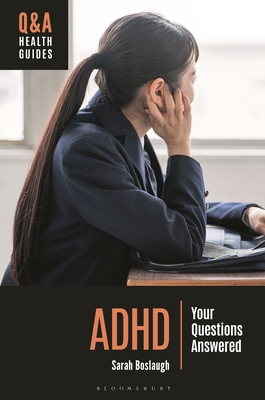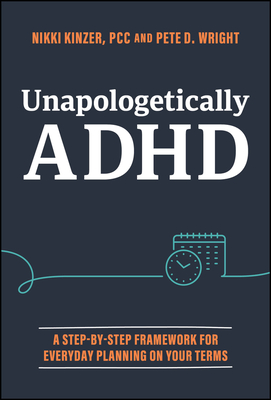
description
mately 129 million children and 366 million adults worldwide have ADHD. Discover the answers to common questions about living with this neurodevelopmental condition. Part of the Q&A Health Guides series, this book offers a broad introduction to attention-deficit/hyperactivity disorder (ADHD), one of the most prevalent yet also misunderstood and stigmatized neurodevelopmental conditions. The book's 48 questions explore what ADHD is and who is most likely to be affected, common features of ADHD in both children and adults, which biological and environmental factors may contribute to ADHD, how ADHD is diagnosed and managed, and how those living with ADHD can reach their full potential. ADHD: Your Questions Answered addresses these and other topics in a way that both celebrates neurodiversity and acknowledges the many challenges that those with ADHD face. Augmenting the main text, a collection of 5 case studies illustrate key concepts and issues through relatable stories and insightful recommendations. The Common Misconceptions section at the beginning of the volume dispels 5 long-standing myths about ADHD, directing readers to additional information in the text. The glossary defines terms that may be unfamiliar to readers, while the directory of resources curates a list of the most useful books, websites, and other materials. Finally, whether they're looking for more information about this subject or any other health-related topic, readers can turn to the Guide to Health Literacy section for practical tools and strategies for finding, evaluating, and using credible sources of health information both on and off the internet.
member goods
No member items were found under this heading.
Return Policy
All sales are final
Shipping
No special shipping considerations available.
Shipping fees determined at checkout.







